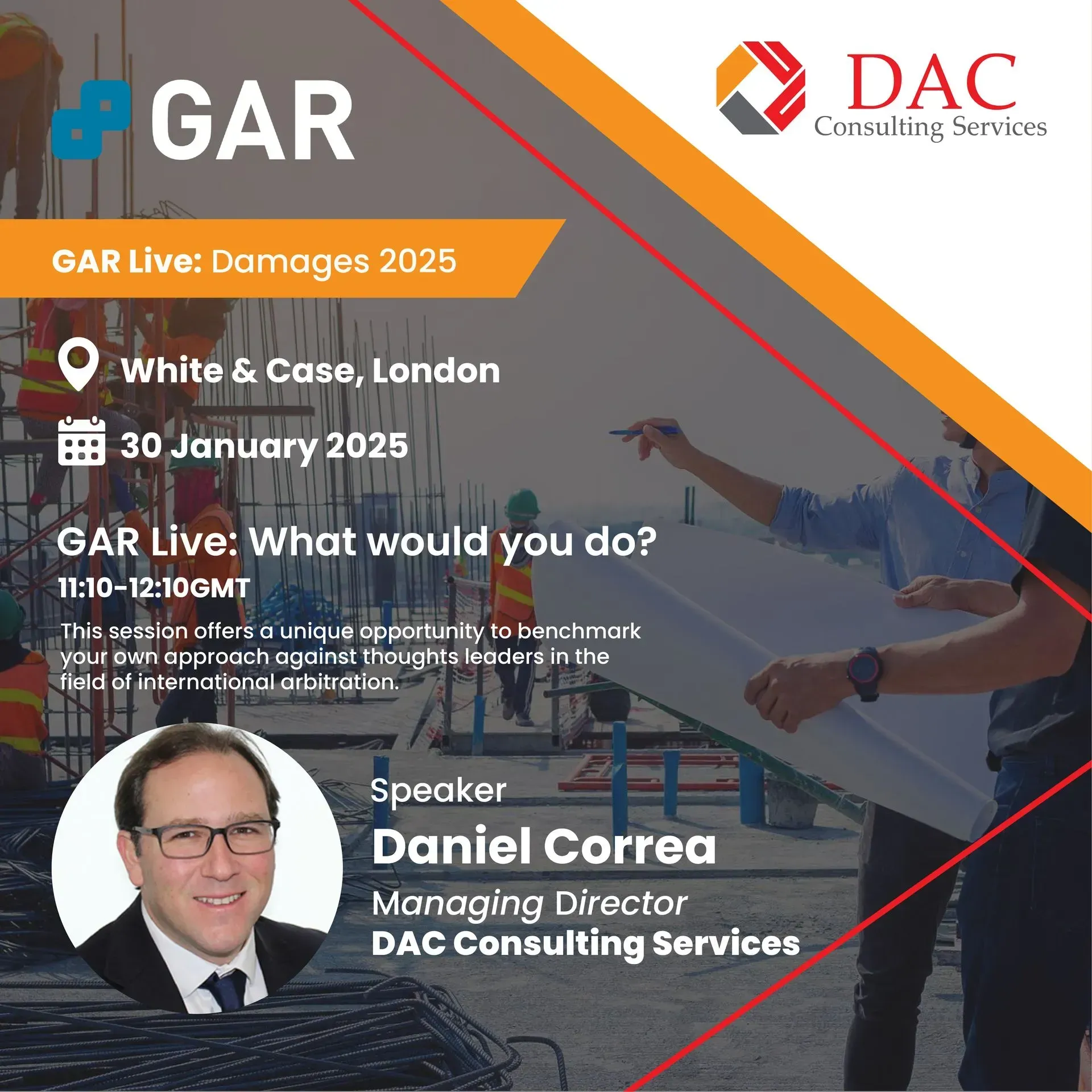25 October 2022
Forensic engineering applies engineering knowledge to the effort to discover why a machine or a structure failed. It also seeks to discover why there was damage to that machine or structure. In other words, forensic engineering engages in the process of reverse engineering to determine why a machine, structure, or component of one of them failed to perform as it should have. Simply put, forensic engineering looks to discover what went wrong.
The American Society of Civil Engineers puts it this way: “Forensic engineering is the application of engineering principles to investigate failures or other performance problems. Forensic engineering also involves testimony on the findings of these investigations before a court of law or another judicial forum, when required.”
Certifications
While not required, the American Society of Civil Engineers (ASCE) does offer additional board certifications for those already holding a PE license or equivalent, a master’s degree, and eight or more years of post-license experience. These certifications are often related to marine engineering or sustainability. In addition, the International Board of Forensic Engineering Sciences (IBFES) offers certification to those who qualify with appropriate education, references, and experience in litigation. It is also possible to obtain bachelor’s, master’s, and doctoral degrees in forensic engineering.
Forensic Engineering Tasks
Typically, a licensed forensic engineer will engage in several tasks to complete the analysis of any given failure. These tasks generally include:
- Observing the scene after an engineering failure
- Gathering forensic evidence at the site of the failure
- Using professional engineering knowledge to analyse the cause of the failure
- If requested to do so, managing the repair or replacement of a failed machine or structure
- Writing official analytical reports documenting the engineering failure
- If retained to do so, testifying in legal proceedings regarding the failure
- Preparing risk analyses at construction sites before something goes wrong
- Being familiar with the properties of building materials and industrial equipment
Delay Analysis Techniques
One of the more common tasks performed in forensic engineering is delay analysis. Delay analysis investigates delays on a project to define the responsibilities for the delay and the impact of the delays on the project itself. Delay analysis applies the knowledge and experience of the forensic engineer to identify delays, their causes, and their impact on the project and any related failures. There are several standard delay analysis techniques, and a skilled forensic engineer will know which is best to apply in any given situation. A wide variety of software is available to assist in implementing these techniques. This article will examine some of the standard techniques.
Impacted as Planned
As its name implies, this technique contemplates delays and how they will impact the baseline schedule of a given project. Once used in initial planning, the technique can help update project timelines as the project progresses. This technique does not so much analyse failures as it anticipates and prepares for them. This is the most straightforward and usually least-expensive delay analysis technique. It is, however, limited in that unanticipated reality and problems can drastically affect the accuracy of the analysis.
Time Impact Delay
Time impact delay focuses on the effects of delay events on a project and its original timeline. The ongoing impact of any given delay event is calculated. It plans for any budgetary, engineering, or substantive changes that need to be made to the project or its timeline. The baseline analysis has been re-engineered to reflect the new reality. Analysis should begin with the most current project information and predict the future from that point. Any necessary mitigation or acceleration of prior project planning will be incorporated into the project’s baseline. The more delay events that occur in a project, the greater their impact and the more often the time impact delay will need to be calculated.
Time Slice Delay
The time slice delay analysis technique requires that the person analysing the delays verify or develop updated schedules to be evaluated as replacement baselines on a snapshot basis during the project. This technique divides the project into time intervals, usually calendar months, that reflect the actual events performed in each period. This breakdown determines how the time of each interval potential creates a critical delay within that window and each succeeding window.
The analyst reviews project reports to discover which events may have caused critical delays identified in each time interval. The analyst must confirm that the events listed are the current work history. Further, the analyst must determine that existing projects for the remaining work are reasonable and achievable, given the prior delays, or make changes in the projected timelines as needed.
As Planned Versus As-Built
This is another technique based on time segments. It is most commonly used when there is doubt about the validity of the original project timelines. The work is divided into segments framed by schedules and then revised schedules, updated schedules, and significant milestones and events that have occurred and are anticipated for the future. The analysis looked to discover the critical path for each time segment through common sense and practical analysis of the facts available. Since prior planning is critical, the analysis must identify the reasons for any determinations.
The extent and incidence of critical delays in any time segment are compared by comparing key dates along the current performance path with the planned dates in the original schedule. The analyst then examines project records to discover which delay events may have caused the critical delay under scrutiny. The accumulated delays are consolidated to determine their impact on the project.
Retrospective Longest Path
The retrospective longest path technique focuses on looking back at the critical path as built. The analysis starts with verifying the actual schedule of the project as built, reflecting the work as executed. Once completed, the analyst then calculates the long path backward from the actual completion date to determine where the project went off the desirable critical path. This involves comparing key dates along the actual and projected timelines. Once the delays are identified, the analyst investigates to discover which events might have caused the identified critical delays. The apparent limitation of this technique is that it is almost entirely backward-looking, allowing for little impact on an ongoing project.
Collapsed As-Built
This technique concentrates on extracting delay events from the project’s as-built schedule. This permits the building of a hypothesis for the cause of the delay and how the project might have gone without that delay. Accordingly, a detailed as-built timeline of the project and its execution is necessary for an accurate analysis. Usually, this does not exist and must be created to perform the analysis. This can be time-consuming and surprisingly complex. However, once completed, the delay events can be extracted (or “collapsed”) from the data, and their impact on the project is calculated. As with other techniques, this analysis is often based on segments of time or windows in the project. The limitation of this method is that it only captures delay to the critical path; it does not recommend changes or analysis of the completion date.
Choosing a Delay Analysis Technique
As discussed above, there are many delay analysis techniques. The choice to use one will depend on the issues of your delay and failure.
Sources
The post Forensic Engineering & Delay Analysis Techniques appeared first on DAC Consulting.











































